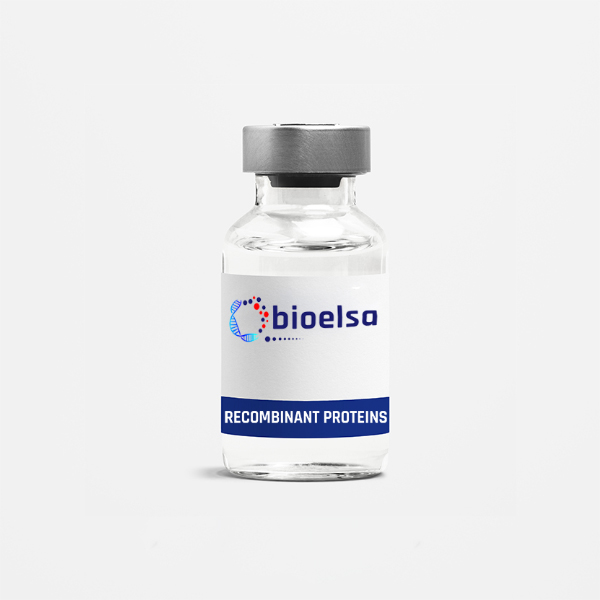
| Gene ID | 115650 |
| Accession | Q96RJ3 |
| Alternative Name | Tumor necrosis factor receptor superfamily member 13C, TNFRSF13C, B-cell-activating factor receptor, BAFF receptor, BAFFR, BLyS receptor 3, CD_antigen=CD268 |
| Species | Human |
| Source | E. coli |
| Description | The B cell-activating factor from the TNF family (BAFF), is emerging as an important regulator of B cell and T cell responses. BAFF was originally identified as a factor responsible for B cell survival and maturation. BAFF binds to several receptors. These include transmembrane activator and calcium modulator and cyclophilin ligand interactor (TACI), BAFF-R (BR3), and B cell maturation Ag (BCMA). BAFF-R appears to be particularly important for the regulation of B cell survival and maturation in the spleen, because A/WySnJ mice expressing a defective BAFF-R have disrupted B cell maturation, similar to that seen in BAFF-deficient mice. |
| Accession | Q96RJ3 |
| Functions | The ED(50) was determined by the ability to block BAFF induced survival of splenocyte cells, and was found to be in the range of 1-5 ug/mL. |
| Formulation | Recombinant BAFF-R was lyophilized from a 0.2 ?m filtered solution in 2.5% glycine, 0.5% sucrose, 0.01% Tween80, 5 mM Glutamic acid, pH 4.5. |
| Solubility | A quick spin of the vial followed by reconstitution in distilled water to a concentration not less than 0.1 mg/mL. This solution can then be diluted into other buffers. |
| Appearance | Lyophilized Powder |
| Molecular Weight | 9 |
| Purity | >95% as determined by SDS-PAGE |
| Concentration | <1.0 EU/μg of recombinant protein as determined by the LAL method. |
| Shipping Condition | Ambient Temperature |
| Storage Condition | The lyophilized protein is stable for at least one year from date of receipt at -70?C. Upon reconstitution, this cytokine can be stored in working aliquots at 2? - 8?C for one month, or at -20?C for six months, with a carrier protein without detectable loss of activity. Avoid repeated freeze/thaw cycles. |